Although they come in various forms, generally referred to as chevron markings, these markings on roads are an essential road sign that every driver must know to ensure safe driving.
What we call chevron markings consist of a pattern of parallel oblique lines, usually painted white, that delimit areas on roads where vehicles should not enter. The areas consist of white diagonal stripes,
The main function is to increase the spacing and subsequent visibility of areas where vehicular traffic is restricted, thus contributing to a safer and more organised flow of traffic. In Spain, they are often referred to based on their similarity to markings at zebra crossings, “cebreado”.
In order to satisfy that main function, these specific areas on the road must remain free of vehicles. These areas can be found at lane junctions, near junctions, or at motorway exits, where traffic must always flow smoothly and in an orderly manner, acting as a separation tool.
By highlighting restricted areas, chevron markings prevent incidents by ensuring that drivers do not accidentally enter dangerous or prohibited zones. They also facilitate vehicle orientation, especially at complex junctions or areas of high congestion, clearly indicating where vehicles should and should not circulate.
They also identify high-risk areas, such as those near motorway junctions or exits, improving caution among drivers.
Basic Rules of Chevron Marked Areas
Stopping and Parking Prohibited: Stopping or parking on any chevron marked area is strictly prohibited, except in emergency circumstances.
Specific exceptions: Mopeds that must travel on the hard shoulder and emergency vehicles on priority service are authorised to use chevron areas if necessary.
Broken lines: If the chevron area is surrounded by a broken line, drivers may cross it for access, provided it is safe to do so.
Chevron markings are a vital tool for traffic management and road safety. Correct interpretation and adherence to it is essential for all drivers. Understanding and adhering to the rules of chevrons is not only a legal obligation, but also serves to protect your own safety and that of other road users.
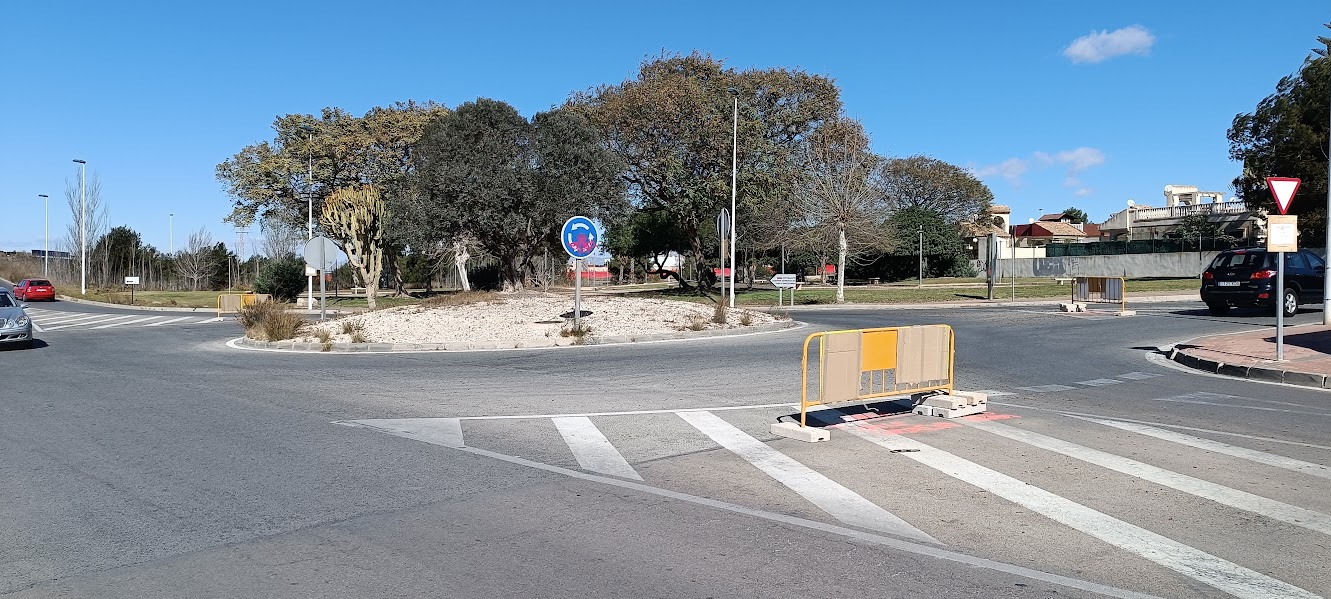
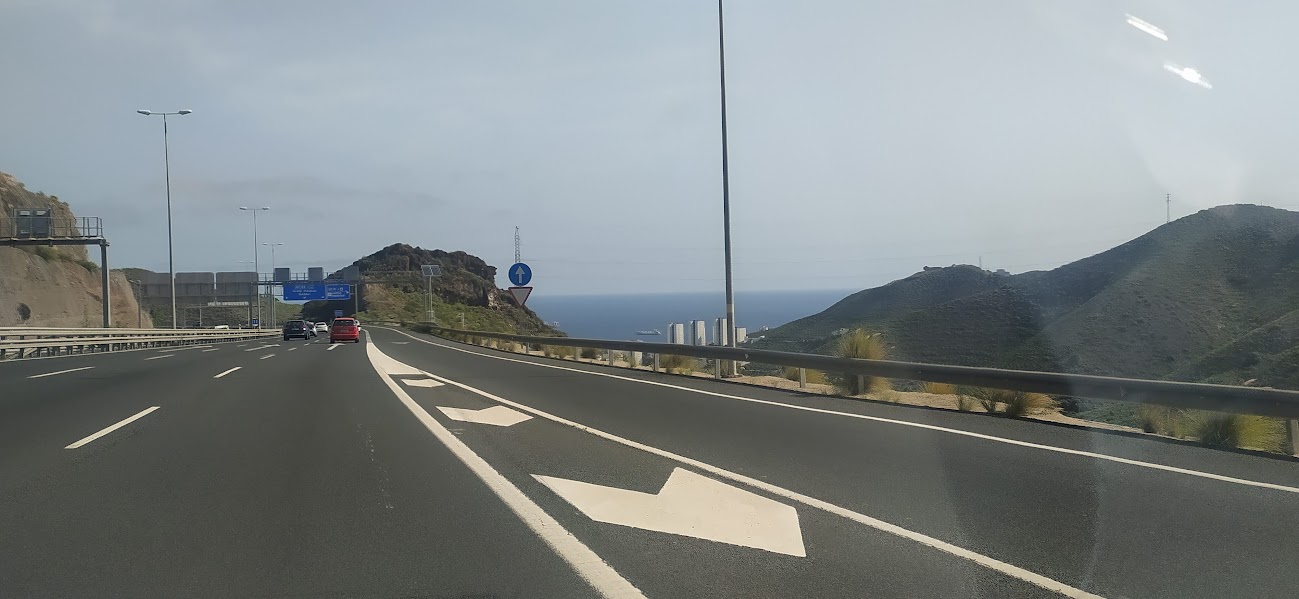
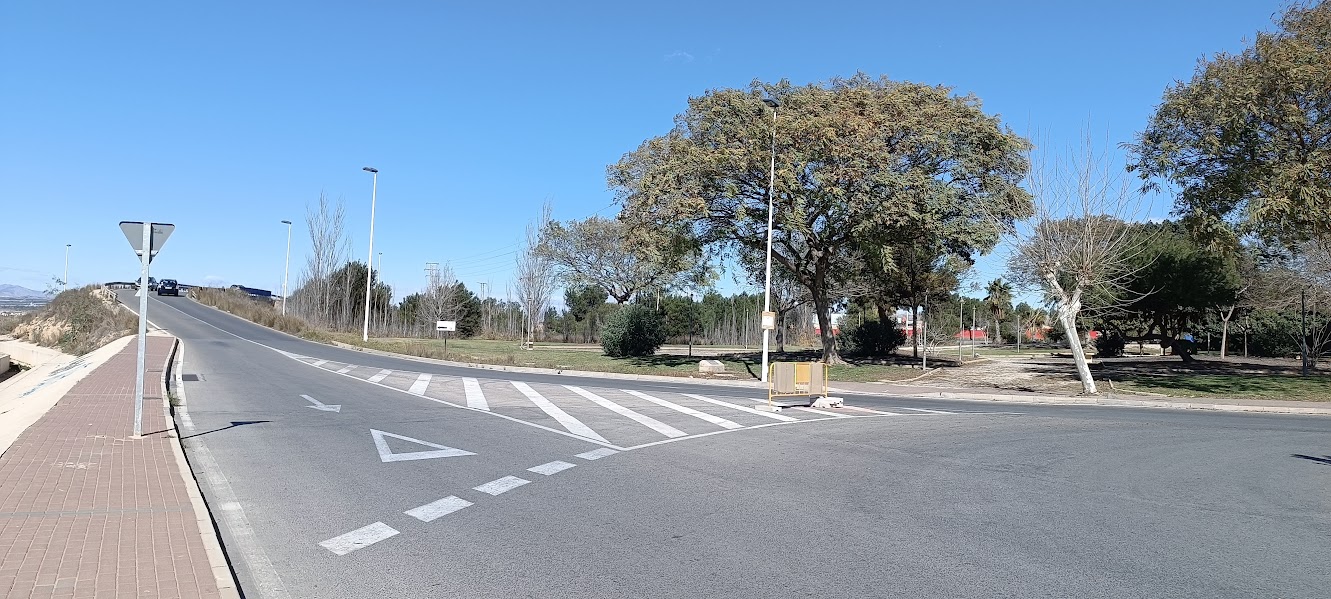
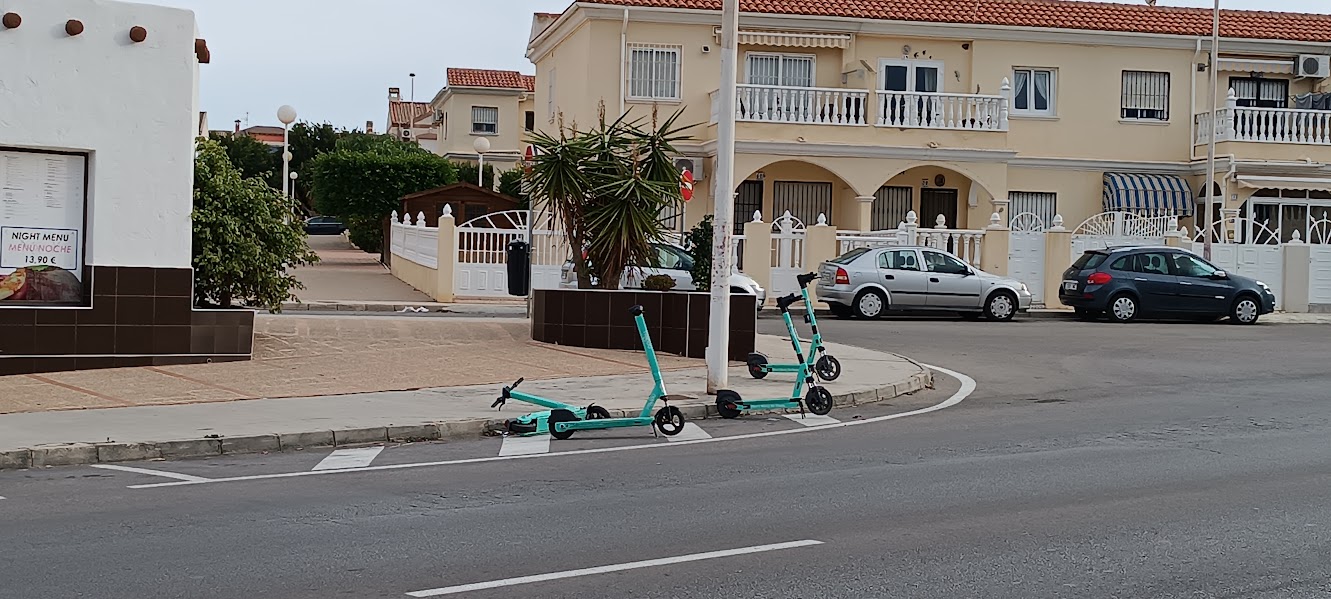
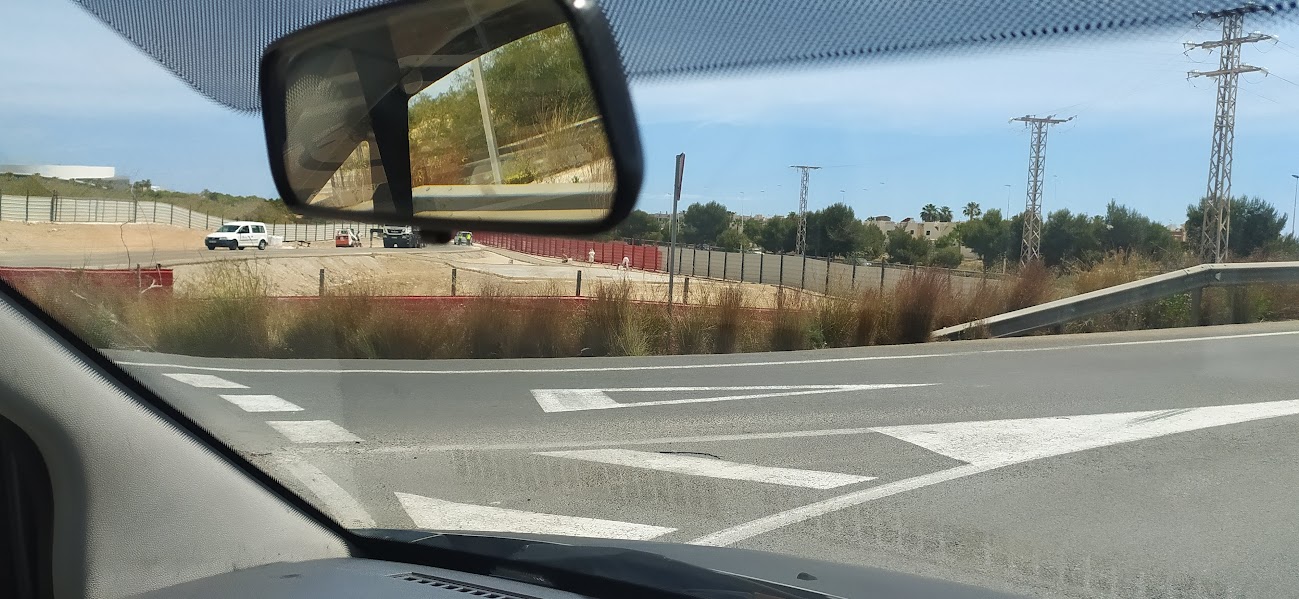
Discover more from N332.es - Driving In Spain
Subscribe to get the latest posts sent to your email.
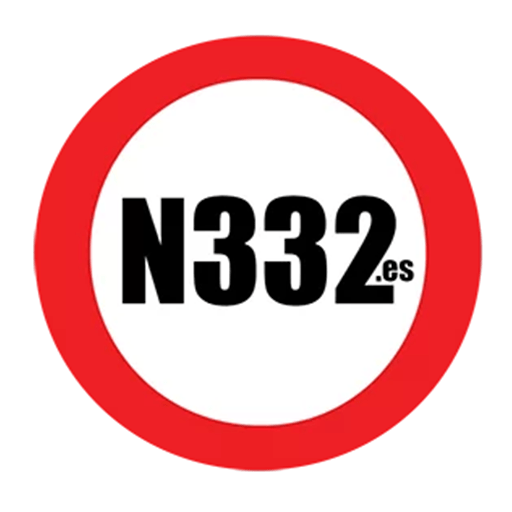
You must be logged in to post a comment.